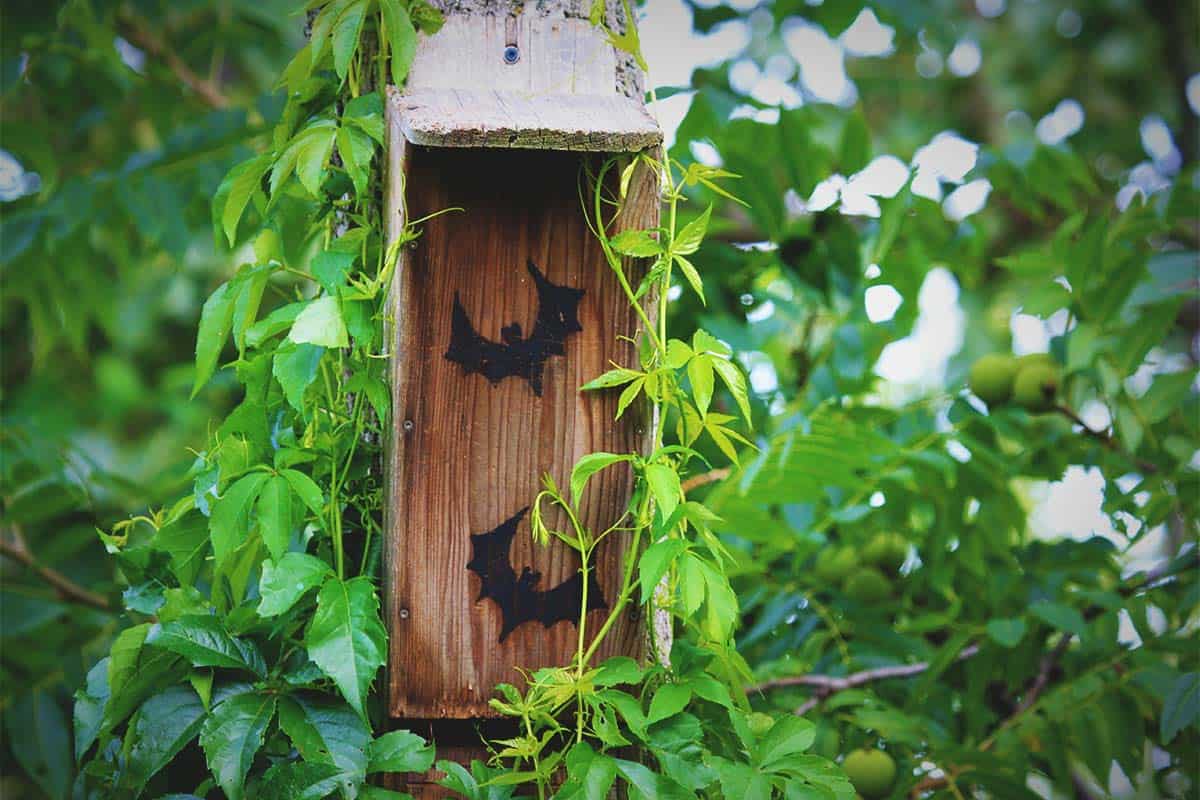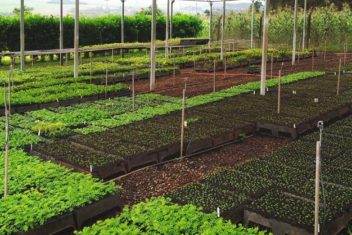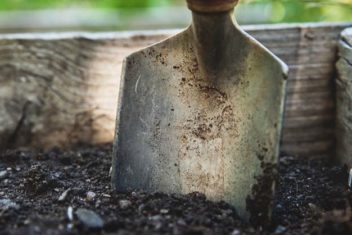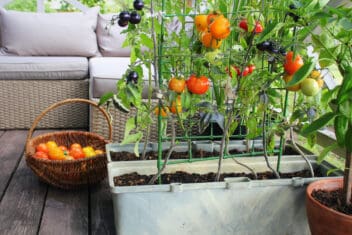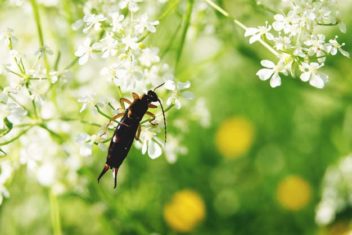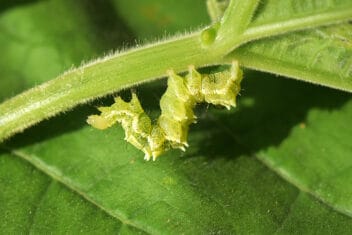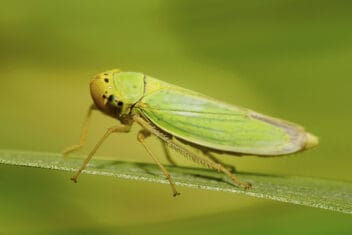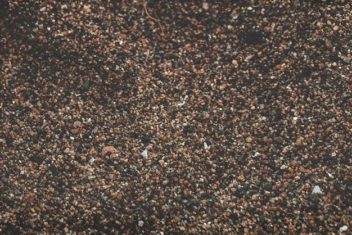Some people cringe at the thought of trying to attract bats, scarred by the thought of them swooping past their heads at night. Gardeners should look at these flying marvels through a different lens, though, because bats offer some incredible benefits in the garden.
I didn’t believe that at first. There was no way that these creepy little creatures offered me any benefits, in my opinion. Their sole purpose in life is to scare the bejeebers out of us, right? Despite the creep factor, bats have some fantastic benefits in the garden – and they’re not so scary once you get to know them.
So, ready to learn more about attracting bats to your garden? Let’s get started!
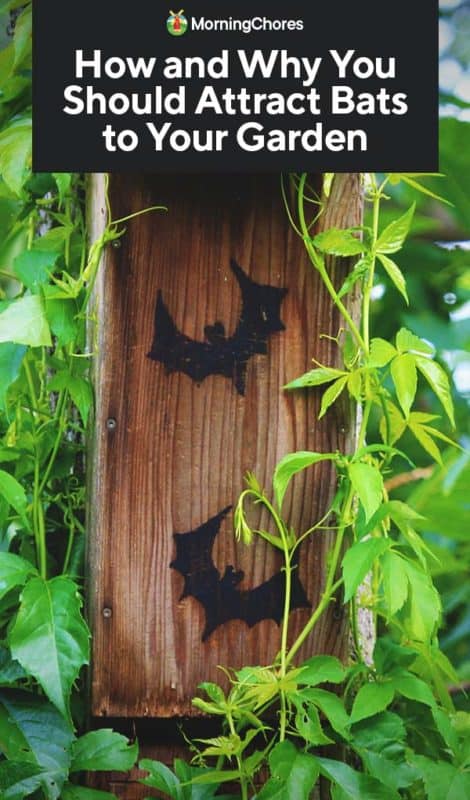
4 Benefits of Attracting Bats to Your Garden
You might have heard that bats spread rabies, but let me tell you, there are only 1 or 2 cases of rabies transmitted to humans from bats each year. You’re way more likely to get struck by lightning. Not something worth worrying about. The benefits far outweigh the risks.
1. Bats Eat Insects
One of the main reasons you want to attract bats to your garden is because they eat all kinds of insects that might cause problems. They love to snack on mosquitoes, caterpillars, moths, gnats, and flying beetles.
Birds eat these insects as well, but they’re only active during the day. The bats take the night shift, so your garden is always covered for insect protection.
When bat populations are healthy, they can eradicate entire pest populations. That’s fantastic for gardeners because it decreases the need for insecticides in your garden. These little critters can eat more than 1,200 mosquito-sized insects PER HOUR! That means one single bat eats between 6,000 and 8,000 insects per night.
Who needs insecticides when you have bats?
If you can attract a colony of any common species of bats, they can eat up to 100 tons of insects in one season. Those numbers are mind-blowing when you think how little insects weigh!
2. Bats Fertilize The Garden
Bats eat a lot, and that means there is a lot of poop. Bat poop is called guano, and guano is a valuable garden fertilizer. It contains nitrogen, phosphorus, and potassium. Guano typically contains 10% nitrogen, 3% phosphorus, and 1% potassium.
There are no fillers in guano, unlike other fertilizers, so it’s perfect for helping enhance flowers, vegetables, and ornamental plants. Here are a few different reasons why guano is a rich fertilizer for your garden.
- It naturally has an ideal ratio of NPK without you needing to blend or dilute the fertilizer.
- Guano has a high percentage of living organisms, including beneficial bacteria and fungi.
- It’s fungicidal!
- It helps to destroy nematode worms, which are destructive in your garden.
3. Bats Act as Pollinators
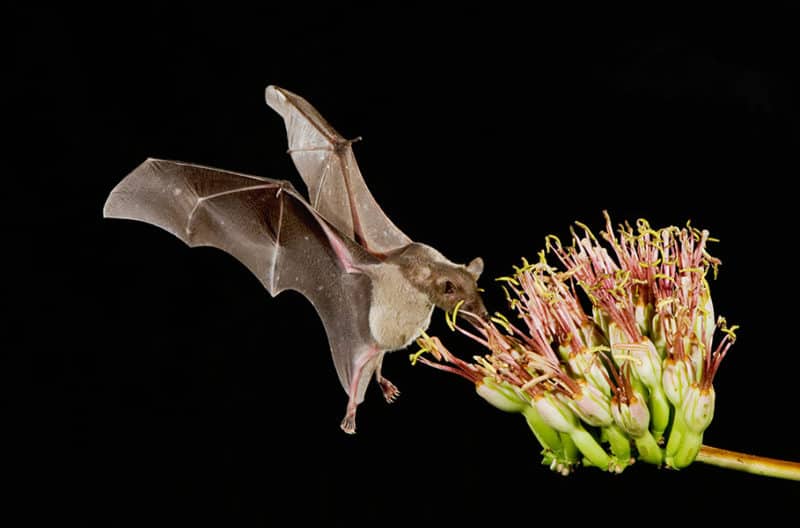
You can never have too many pollinators in your garden, but a lack of pollinators can sure cause problems. Gardeners need to have a diverse group of pollinators, and bats are a great one to add.
In a lot of areas, many plants rely on bats for pollination, including tropical fruits. Bananas, mangoes, and guavas are pollinated by bats. Most importantly, bats pollinate the agave plant. Agave is necessary for making tequila, and bats are the only pollinators of agave. Next time you have a margarita, thank a bat.
4. Bats Spread Seeds
Bats eat the fruits on plants and digest the pulp, and then they excrete the seeds. Typically, bats defecate the seeds while in flight, colonizing large areas with different plants and fauna.
Bats are called “the farmers of the tropics” because they help to spread seeds across the world’s rainforest after its cleared for logging and ranching each year. Fruit-eating bats are a necessity in the rush to restore vital forests.
How to Attract Bats to Your Garden
Now you want bats in your garden, don’t you? Who can blame you; they’re pretty awesome. Now, the next step is attracting these little critters to your garden and hoping that they hang around for some time.
Add a Water Source
You don’t need a pond on your property to attract bats or even a nearby stream. All bats need are a birdbath. So, add one or two in your garden area, and they’ll help attract birds and bats.
Now, if you live within a quarter of a mile from a pond, creek, river, lake, or another abundant water source, chances are you won’t need to provide a water source.
Create a Bat Home
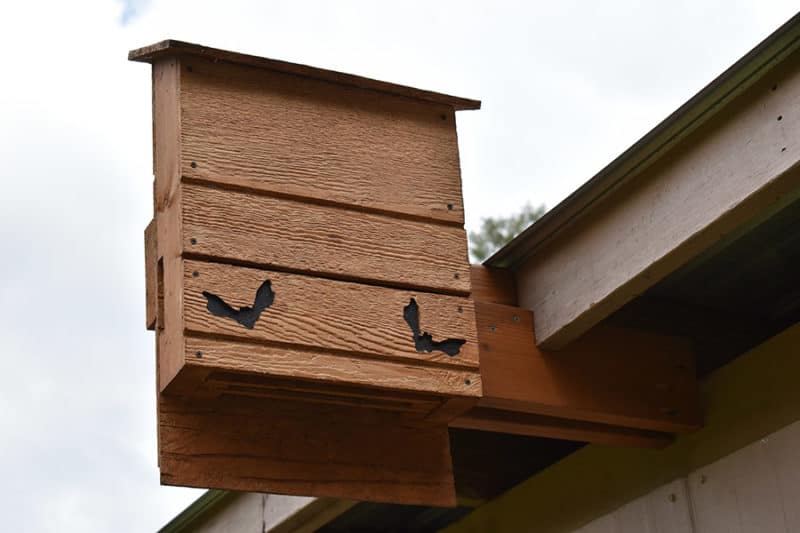
Most little critters want some sort of shelter. You can buy a bat house online or see if your local garden center. If you have any DIY skills, you might be able to make your own bat house.
When you build a bat home, aim to make one that mimics the space between bark and a tree trunk. It doesn’t need to be wide at all!
Bats are finding it harder to find homes because of habitat losses. It’s harder to find adequate daytime roosting places, so a bat house encourages them to pick your garden as their location.
Make sure you design your bat home with their needs and natural habitat in mind. Here are some ideal design features.
- The house needs to be at least two feet tall and 14 inches wide. You don’t want to go any smaller than this, and you could make it a bit bigger as well.
- It needs to be very narrow, around 3-5 inches deep because it mimics their natural habitat.
- Make sure it’s open at the bottom to prevent guano buildup. That would be gross.
- The interior walls need to be roughened-up to help the bats climb. Some people make them out of wire or plastic mesh lining.
- Add a small vent on each side and one in the front for proper air circulation. Bats easily overheat.
- Paint the bat house a dark color to absorb sunlight, keeping it warm and cozy.
Where to Hang a Bat House – and Where Not to
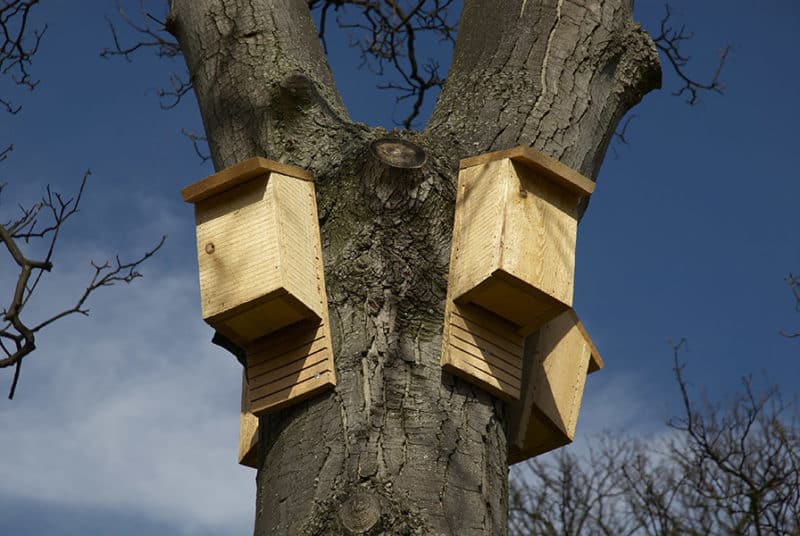
You should hang a bat house on the side of a building, at least 12 feet above the ground. It’s best not to select a tree to hang one because cats and snakes can reach it. Another choice is to hang it from a metal pole, which stops critters from climbing up.
Keeping the bat house 10-15 feet away from trees helps to keep bats’ natural predators at a minimum. You also want to make sure you hang it in a place that receives direct sunlight, at least six hours or more per day. Bats like it to be hot – between 90 and 100℉ – so be sure to face it south, southwest, or southeast for maximum sun exposure.
Plant Fragrant or Night-Blooming Flowers
Since bats are nocturnal, planting night-blooming flowers makes sense. Some examples are moonflower, yucca, and datura.
Don’t forget to plant fragrant flowers and herbs. The smell of these plants can lure bats to your garden. Try adding dahlia, French marigolds, evening primrose, thyme, honeysuckle, and raspberry bushes.
However, a few plants are said to repel bats, so avoid those in your garden. Bat repelling plants include cinnamon, eucalyptus, and peppermint.
Leave Dead Trees
Dead trees can be dangerous, but if safety isn’t a concern, try leaving the dead trees on your property because bats love to burrow inside of them.
Bats like to hide behind loose bark and in the cracks of dread trees. In these spots, bats can roost together and form colonies. Colonies range from just a few bats to hundreds, depending on how much space the tree provides for them.
Word of Warning: Defend Your Home
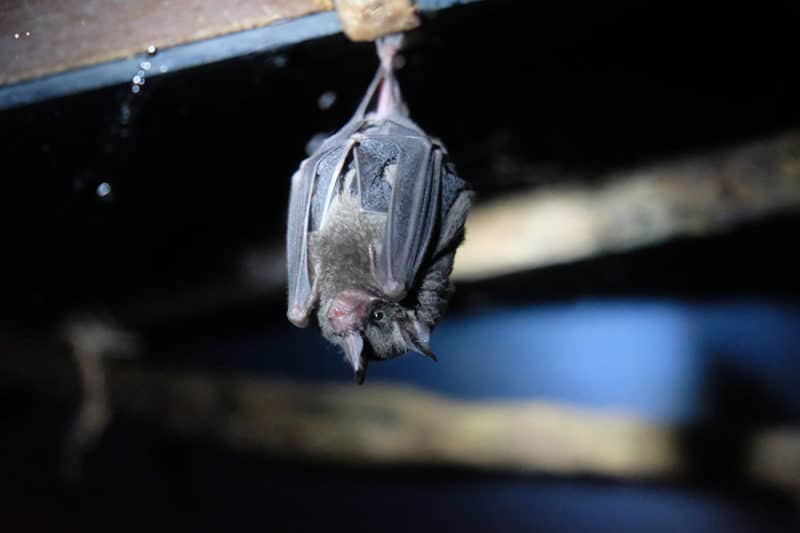
When you start to attract bats to your garden, you need to make sure your home doesn’t become the target for these creatures. Bats and humans work best together when they don’t share a residency.
Did you know that bats can fit through a hole the size of a quarter? That’s crazy and impressive, but it means that you need to seal all openings around your home. Old homes are known for having all sorts of nooks and crannies that can attract bats.
Despite what the myths tell you, bats typically aren’t inclined to chew holes in your attic. That’s a lot of work for them. That doesn’t mean they won’t take advantage of all of the openings they can find in and around your home.
Enjoy Bats in Your Garden
Despite their negative reputation, bats do far more good than bad. When you attract bats to your garden, you’re inviting a natural pest control method and taking a part of your local ecosystem. These litter critters can take a serious role in your garden, acting as your insecticide and pollinator.
Try putting up a bat house, which can be a simple project or a cheap purchase. Add some plants that might attract bats and a birdbath. Then, your garden will be close to bat heaven.
